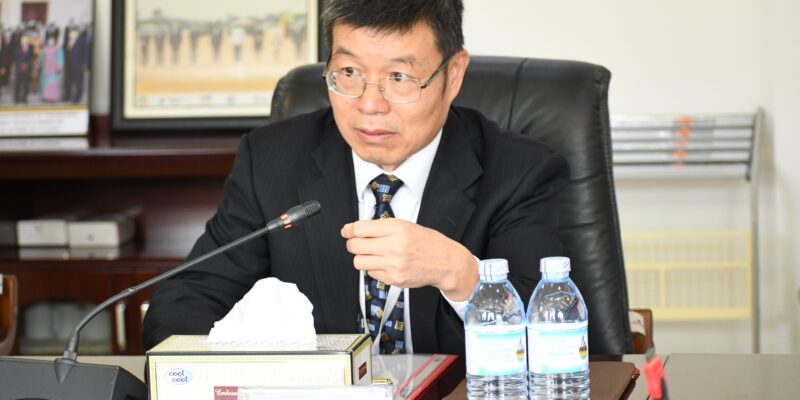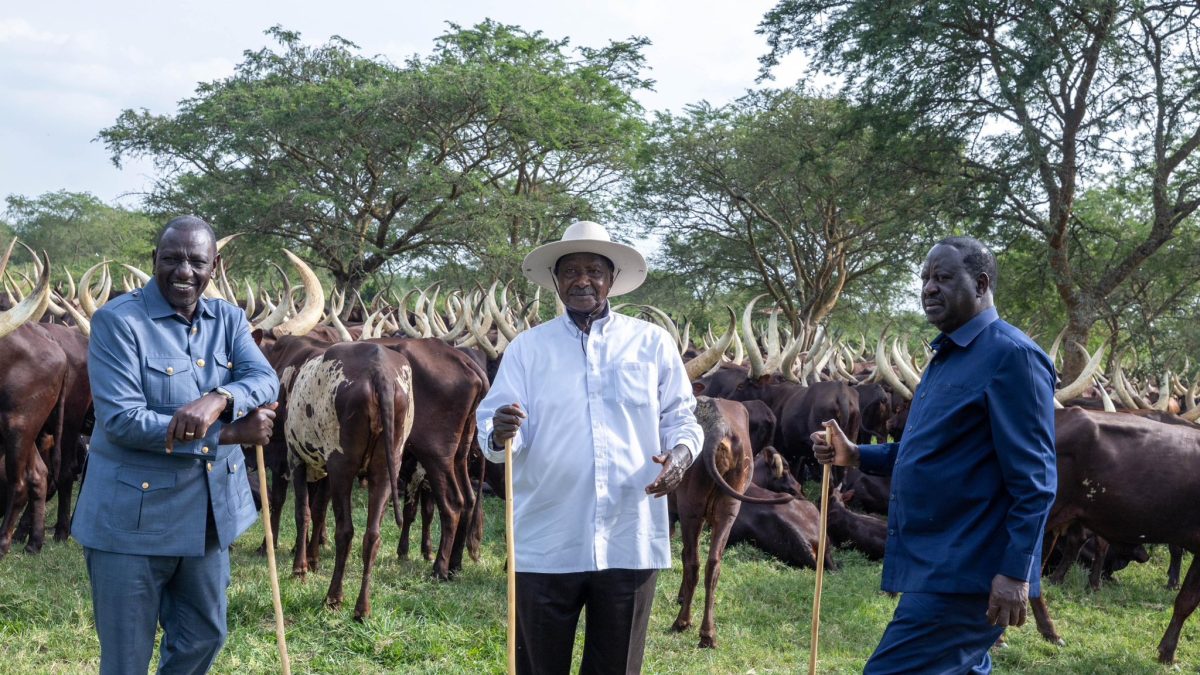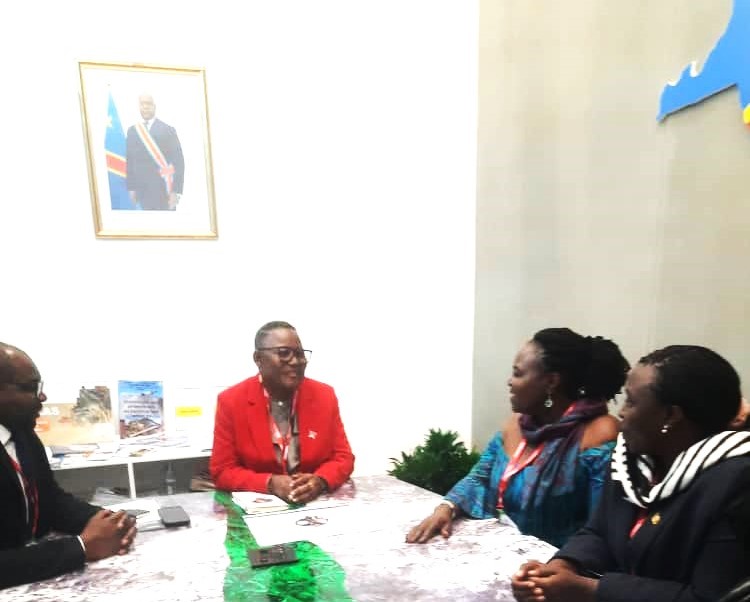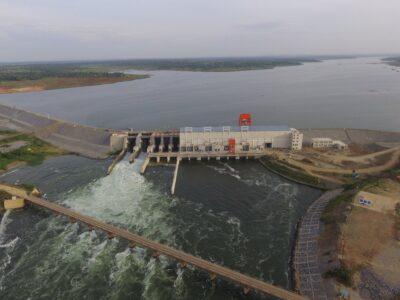
CNOOC Uganda Ltd has formally applied to government for a license to generate and sell electricity from the gas resources at its Kingfisher oil field. The company sent its license application to the Electricity Regulatory Authority (ERA) with the intention of installing a 39.1MW gas to power project at its Kingfisher oil field.
According to ERA, the public has 30 days from the time CNOOC handed in its application on March 16, 2022 to comment on whether the project should go ahead or not. If there is no opposition to the project, ERA will go ahead and issue out a license.
The gas to power project is critical in ensuring that CNOOC achieves its objectives of meeting its oil production target at the Kingfisher. CNOOC intends to produce 40,000 barrels of oil per day at peak level. However, the company will need to power its infrastructures. Uganda’s crude oil is waxy and therefore needs to be heated for it to flow through pipelines.
According to CNOOC’s Environmental and Social Impact Assessment (ESIA) study, the company will use its central processing facility to generate electricity. The company has split the power generation into two – the CPF substation, which will generate 24 megawatt and CPF load of 15 megawatt.
Although CNOOC has applied for a license to generate 39MW of electricity, it is not common for the company to hit this target. Factors such as the availability of the gas resources, the equipment used, just to mention a few usually come into play, making it hard for the generation facility to operate at full capacity.
Earlier estimates place the total generation requirement for the Kingfisher at 18MW.
CNOOC’s ESIA projects that “in the first 10 years of production, excess electricity will be generated by the CPF in excess of the energy demand.” It adds that “the excess electricity will be evacuated and sold to the Ugandan Government through a connection to the National Grid.
After 10 years of production, the associated gas volumes are projected to fall, with the power generated at the CPF no longer able to meet the project’s needs.
At this point, the power lines will be used in the reverse direction to import power from the national grid to the KFDA.
According to the report, the establishment and construction of the power line infrastructure will be the responsibility of Government.
If government does not put in place the necessary infrastructure before oil production starts, the company suggest that it will be necessary to flare the gas. The suggestion of flaring is likely to attract the attention of environmentalists who are wary of the toxic carbon emissions associated with the act.
Uganda expects oil production to start in 2025.









